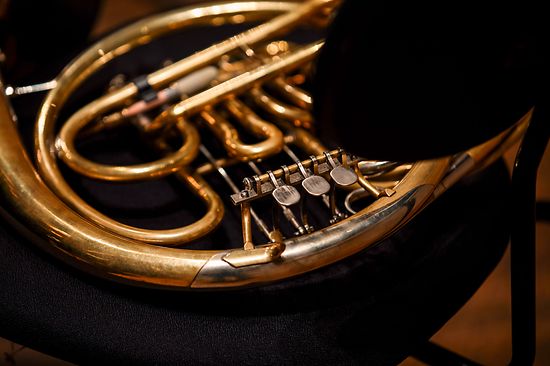

The seal of Bertan II, Count of Forcalquier, France, dated 1168, has him armed with a sword and shield on horseback on one side, and sat playing a vielle on the other King Ottokar II of Bohemia, writing in the early 13 th century, gave the names of 17 fiddlers at King Manfred of Sicily’s court, implying that there were many others and Duchess Isabella, wife of Duke Philip the Good in 15 th century Burgundy, employed two blind Portuguese lutenists who also played vielle and other “soft”, i.e. The vielle found favour in royal and noble households.

From the 12 th century on, the vielle is associated in literature with both amateur and professional players (along with the citole and harp), as an instrument to play dance music to accompany secular songs and as an accompaniment to religious song. The importance of the vielle in mid to late medieval European culture is clear from surviving historical artefacts, paintings and manuscripts. The importance of the vielle The seal of Bertan II, Count of Forcalquier, France, dated 1168, depicting him playing a vielle. There is a longer version, The mysteries of the medieval fiddle: lifting the veil on the vielle, which has a detailed discussion of the different ways in which we can make sense of historical fiddle tunings and, in the light of that, a closely argued case for the relationship between the vielle and the crwth. This is one of two editions of this article, being a short introduction to the vielle, intended for the general reader. Includes illustrations and video examples. This brief introduction demonstrates that the playing style and sound of the medieval fiddle had more in common with the hurdy gurdy and the crwth (bowed lyre) than the modern violin. Centuries before the creation of the violin there was the medieval fiddle, also known by its French name, the vielle. This class-based relegation of the term fiddle was not always so. A mention of the violin today is likely to conjure up images of a classical, orchestral, or jazz musician, whereas the word fiddle is more likely to suggest a traditional or folk musician, even though they’re essentially the same instrument, set up differently to suit different styles of playing.


 0 kommentar(er)
0 kommentar(er)
